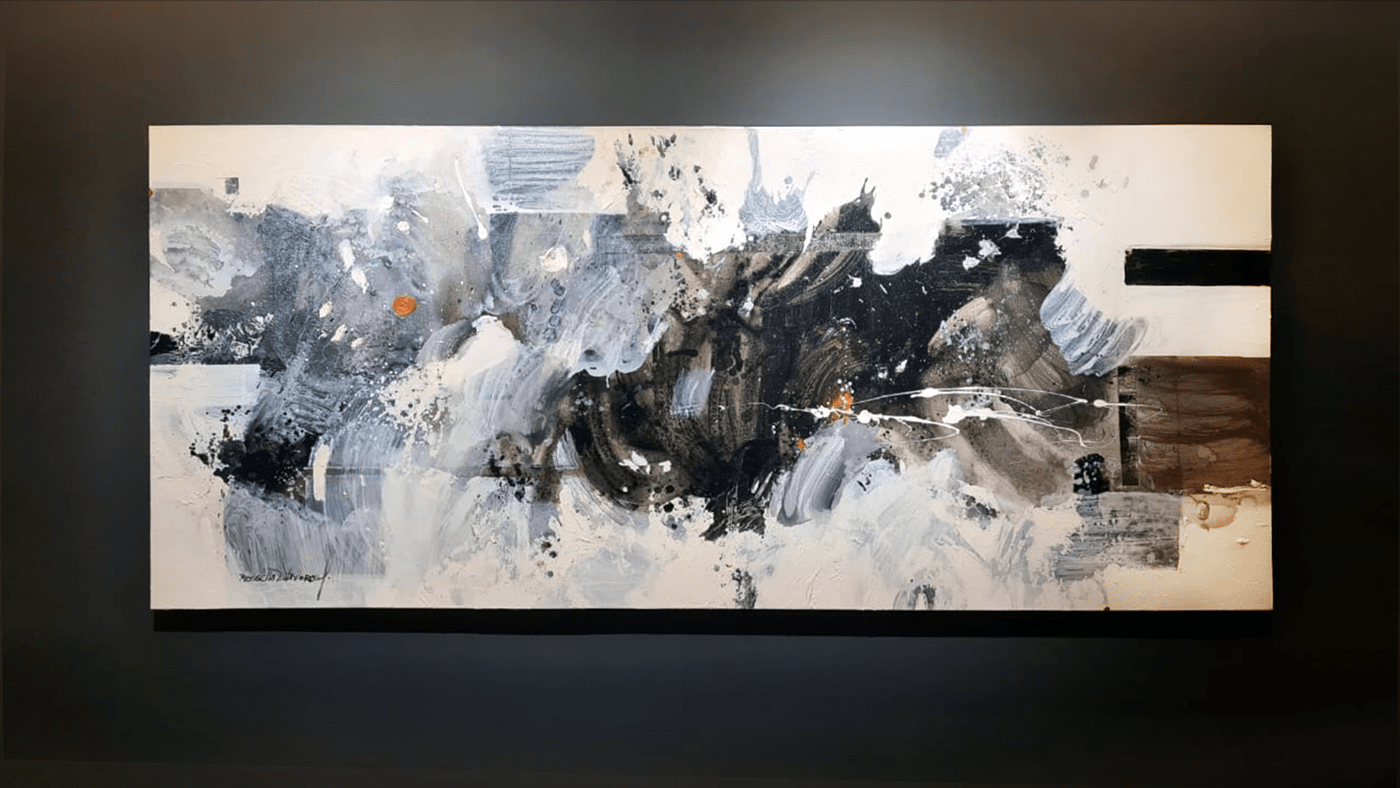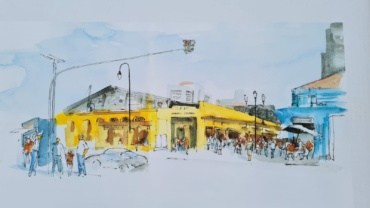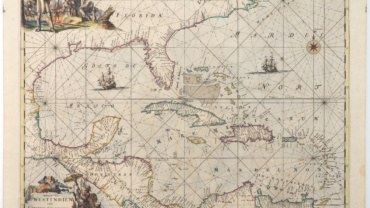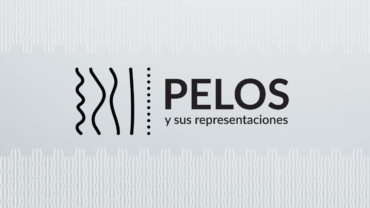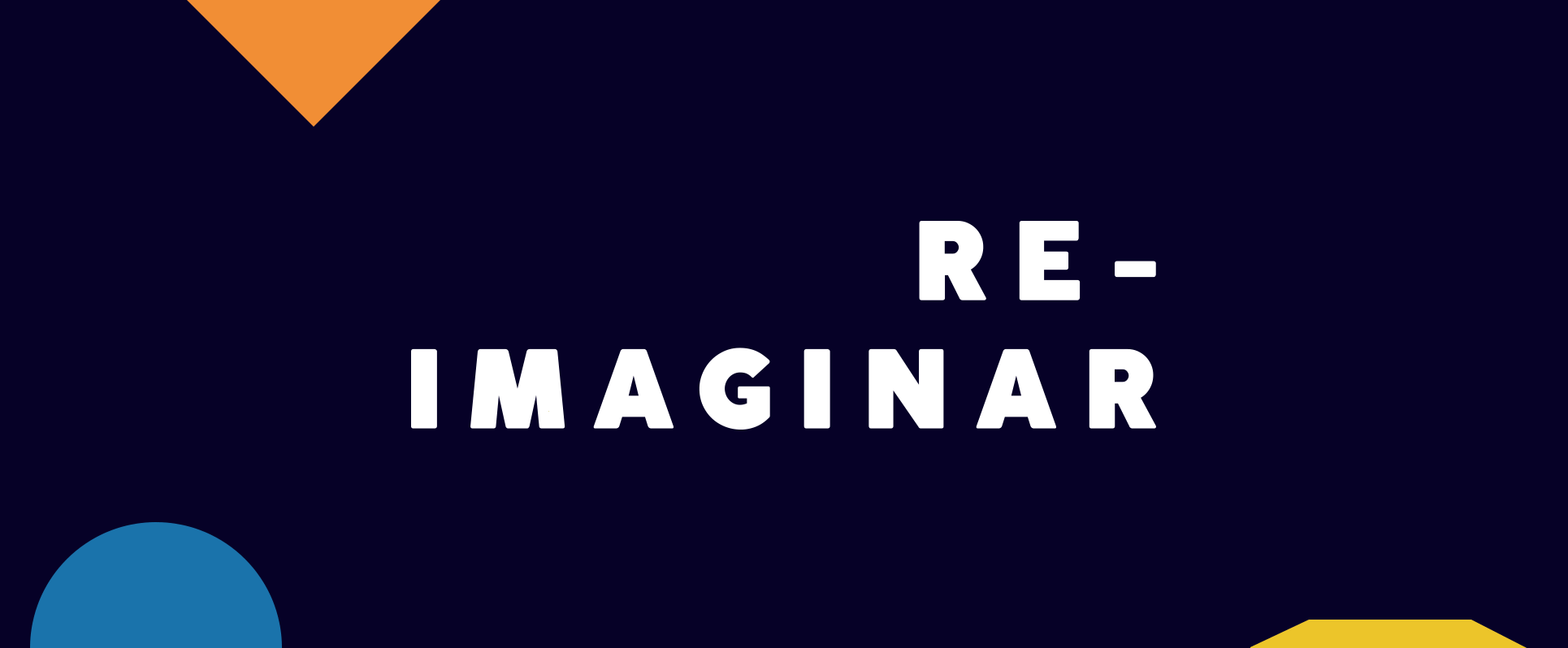

Review
Reimagining is the great title of a sequence of visual arts exhibitions that arose from the need to face the transformations caused by the SARS-CoV-2, from the standpoint of possibilities offered by artistic creation and the museum as an institution.
The BCCR Visual Arts collection, in particular, includes works made in pre-pandemic contexts. They relate in several ways to some of the issues that became sensitive because of the direction taken by the political management of the pandemic: corporal distancing, confinement, border closure, health security, slow-down processes, reconfiguration of socio-economic dynamics, and environmental regeneration.
The works of art offer us possibilities to approach and connect from unsuspected perspectives with some of these issues and, through them, get a glimpse of some key aspects to drive one or many processes of reimagining our role in shaping the realities we need. In this exercise of correlations, three themes emerged which demand an urgent exercise of imagination: the community, the frontier and change.
Reimagining the border
How is a virus able to impact the ways geographic borders are managed? How does this illustrate our relationship with the territory and the contrast between limited access and the unmeasured exploitation of its natural resources? How has it expanded the gaps between different populations, particularly with regards to migrants or “foreigners”? How have the boundaries between public and private space, the physical and the virtual, have changed everyday life? How are the borders or limits of our body redimensioned in confinement or social distancing? Questions such as these are some of the starting points for the new exhibit Reimagining the Border, which also emphasizes the possibility we have of reimagining borders at present and in the future towards the common good. For this purpose, it includes more than 37 works from our visual arts collection that, at the time of their creation, came close to notions and different problems relating to the borders of the spaces we inhabit, spanning from the territorial to the borders of our own body. The Reimagining trilogy stems from the conviction of being able to foster connections between the present and our artistic heritage, which can deliver unsuspected perspectives on the common challenges shared in different historical times. But above all, it comes from the need and the undeniable ability all people have of reimagining, starting with those who work in artistic creation, which is indispensable in transforming reality during critical times like the times we are living today.
Borders and “the foreign virus” Understanding land as property has an historical, geopolitical, and economic background in which the concept of border has had a predominant role. The practices of appropriation, dispossession, and indiscriminate exploitation, as well as the paradigms of development which tend to overblow the expansion of construction at the expense of the environment and human integrity, have been critically studied. A respectful relationship with the land and with life is demanded.
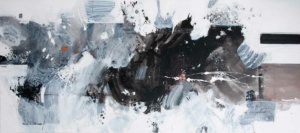

The body has been a privileged space for exploration and reflection on subjectivities.
This has given foot to approximations on the porous borders that mark the interactions with other bodies and with the environment, raising valuable questions on the role these interactions play in the configuration of who we are.
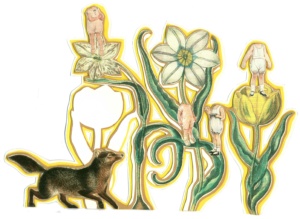

Stories of Borders
On our social media, we invited people to share their stories and images of borders. Click on each image in order to read them.
To share your story, enter the following link:
*These stories reflect the perspectives and opinions of each author.
Tejidos que inspiran / Por Jenny Peterson
Travesía de ir a Marruecos desde Madrid / Por Vanessa Zamora
¿Perdidos o no?/ Por María Sandoval
La ofrenda/ Por Emilio Núñez
Muchos dicen que India se ama o se odia, yo puedo decir que la sobreviví…/ Por Maricruz Núñez
El hasta luego es también para vos mismo…/ Por Ana Solano
Pinolillo, tortillas, pinto y café/ Por Osmar Martínez
Soy tnica / Por Isabelita
Inmesidad / Por Sofía Fallas Pérez
“Po” nos une como familia / Por Priscilla Romero
Todos somos o hemos sido migrantes / Por Adriana Sandí
Recuerdo de una canción / Por Felipe Naranjo
Tejidos que inspiran / Por Jenny Peterson
Travesía de ir a Marruecos desde Madrid / Por Vanessa Zamora
Multimedia: artist interviews
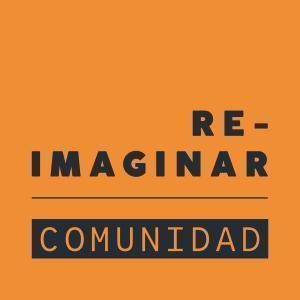

Reimagining the community
Anterior


Reimagining the change
Coming soon
The uncertainty caused by SARS-CoV-2 proved our tolerance for constant change. In artistic creation, change takes up an essential place, be it as a theme or as a resource of representation.


